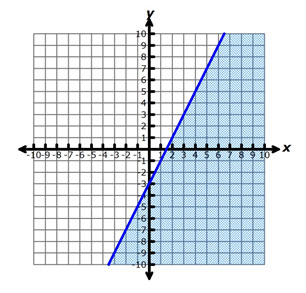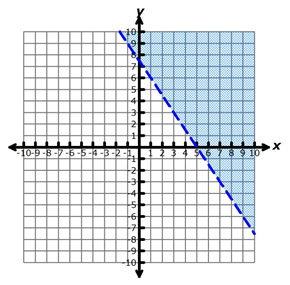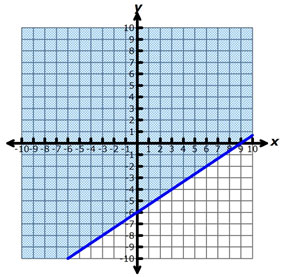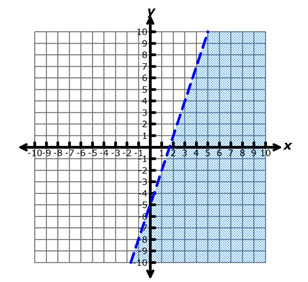Pause and Reflect
If the inequality is in standard form, how can you graph the inequality?

Why does the boundary line appear dashed when the inequality symbol is < or > and solid when the inequality symbols is ≤ or ≥?

When graphing one-variable inequalities on a number line, you used an open circle for inequalities containing < or > and a closed circle for inequalities containing ≤ or ≥. How is that similar to using a dashed or solid line for linear, two-variable inequalities?




